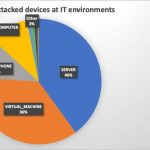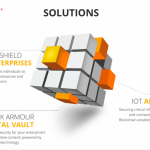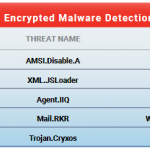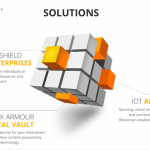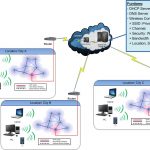The whole world is in the midst of a raging COVID epidemic, so the need to create ways to help people experience and understand virtual space to keep a safe distance is increasing. Sharing data more intuitively and intimately also tops the list of trends this year.
So, in these 5 construction technology trends of 2021, it’s clear that builders are also looking for creative ways to keep people safe in the current climate, keeping them from having to go to extreme places. actual location but still know clearly what is happening there.
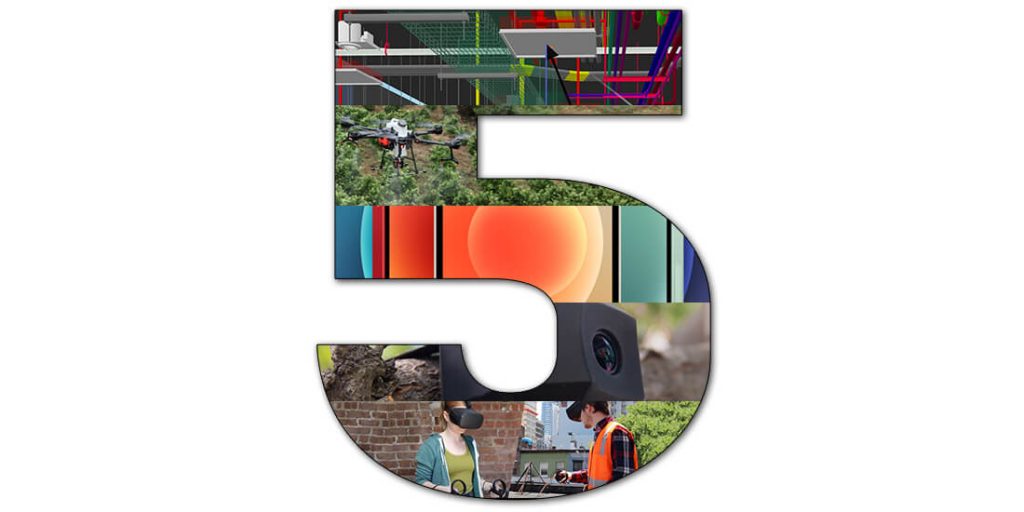
1. Pocket LIDAR
LIDAR is the most accurate and effective way to verify what has been built on a construction site conforms to the digital BIM model. Current laser scanning hardware is bulky and difficult to handle, with most being single-task machines. But that’s changing, led by two consumer tech giants: Apple and Google.
The latest Apple iPhone 12 Pro and Apple iPad Pro come with a LIDAR scanner, which uses nanosecond-long laser pulses to measure distance from objects. This data can be aggregated to create 3D maps of incredible depth and complexity.

Similarly, Google is working on a radar-based system that acts as an advanced motion detector. For smartphone users, LIDAR systems will primarily drive augmented reality applications like Apple’s ARkit. This will be an effective tool on construction sites, to transfer BIM models to the construction site or review the circulation routes of the completed building.
Bringing pocket-sized LIDAR features to construction sites is the ideal way to manage their spaces. As materials and personnel move across sites, LIDAR can record each phase with high accuracy in real-time. It can also be used to maintain and repair large infrastructure, especially in very large places – such as power grids.
Indoors, LIDAR can detect small cracks in walls that could become safety risks. LIDAR also helps ensure labor safety in construction, providing faster updates and reducing direct inspection of dangerous places. Apple is currently working on a head-mounted LIDAR sensor, ideal for workers who are using tools or driving heavy machinery.
2. Charge the batteries of construction site equipment
As the demand for energy becomes greater, the use of electricity on construction sites requires a “cleaner” and more sustainable power source. Heavy construction equipment is following the rechargeable trend. Excavators, cranes, drilling rigs and heavy trucks are becoming powered by green power such as from solar, wind or geothermal power.
Driven by reduced power costs, Gammons Construction deployed container-size Enertainer lithium-ion batteries, creating diesel fume-free construction sites. In addition to reducing carbon emissions, these batteries (which can be purpose-built or retrofitted to diesel engines) are more reliable and require less maintenance. Besides, reducing noise and pollution also helps construction work last longer in residential areas.
Many devices on the jobsite still require power cords, but that too may become a thing of the past. San Francisco-based startup Autodesk PHION Technologies has developed a prototype wireless power and data system that can reach nearly a dozen feet to recharge devices without wires. source or charging dock. The ultimate goal is to be able to extend wireless charging capabilities within a 30-foot radius.
3. Monitor inside and outside the construction site from anywhere
The COVID-19 pandemic is a crash course in remote collaboration for everyone. But even before the pandemic, some companies were researching how construction software and hardware could better facilitate remote collaboration. For example, Resolve.
It allows designers and builders to test BIM models at different scales. Using the Oculus Quest wireless headset and working with Autodesk BIM 360, Resolve transforms complex models into immersive virtual reality environments, creates speech-to-text annotations, and enables full-color avatars colors to measure and sketch in virtual models.
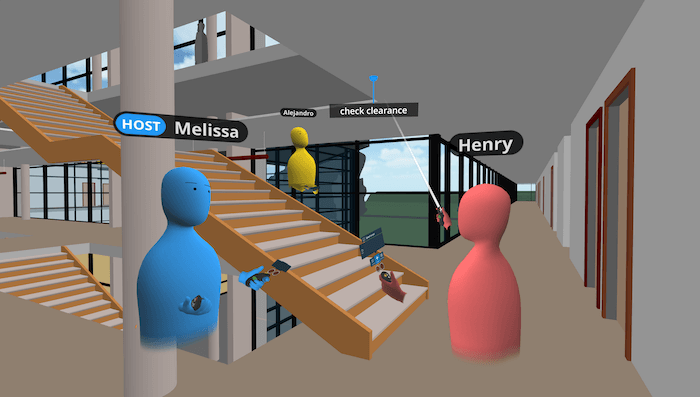
Autodesk Technology Center member (ZEITdice) , from Canada, takes a different approach to remote collaboration by using high-resolution time-lapse cameras instead of digital models. By sorting through hours of continuous footage of construction sites, ZEITdice uses machine learning to identify patterns and anomalies, generate reports on efficiency and safety improvements, and simultaneously provides thermal and infrared imaging.
The hardware that brings this type of data into the field has hands-free and intuitive operation. Vuzix’s smart glasses feature a GPS sensor, 3-axis accelerometer, speaker, microphone, and 4K video camera for seamless visual and audio communication. For those who want to get involved, Microsoft’s HoloLens 2 is responsive to touch and movement, allowing users to manipulate virtual images with swipes or waves.
4. Hardhat Drone
The first generation of drones for construction sites was created for observation. Photometric applications save time and money – while increasing jobsite safety and efficiency. The next generation of drones are programmed to take the most dangerous or difficult jobs out of human hands.
Emerging from the Georgia Institute of Technology, Skymul, part of the Autodesk Technology Center, is developing a drone system that can force intersecting rebar, one of the more boring jobs on a construction site. It uses machines to map rebar connections automatically. Similarly, Terra Drone has tested using drones to drop seismic sensors over vast mountainous terrain.
UAV giant DJI has just launched a new agricultural drone with powerful spraying capabilities that can be applied to construction sites. The DJI AGRAS T20 has a sprayer tank that can carry up to 44 pounds with a 23-foot spray nozzle. Its omnidirectional radar can track objects from any horizontal direction, its software and hardware monitor crop health and create various treatment processes. For orchards, it is possible to create simple routes by examining the shape of the trees. This heavy-duty capacity can also work for construction sites, like for painting or applying adhesive, watering roofs, or other purposes.
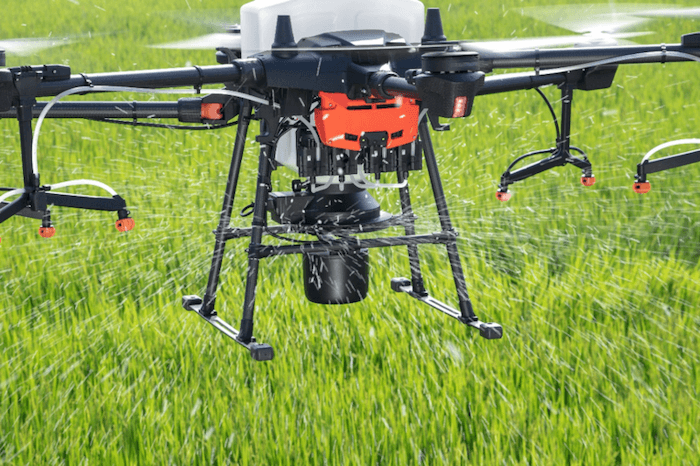
5. Contact tracing to ensure safety and effectiveness
The COVID-19 crisis has made it clear that contact tracing on construction sites is critical to worker health and safety. Construction sites are heavily trafficked, complex, and constantly changing — making them ideal places for airborne diseases.
Some companies are focusing on health monitoring and site movement data to keep people safe during construction. The WakeCap system uses helmet-mounted devices to communicate with the receiver. These systems are powerful aids to on-site workflows and social distancing, tracking bottlenecks as workers work and mapping the most accessible locations for warehouses equipment and rooms.
While WakeCap is praised for its ease of use, wearable sensor company WorkerSense takes a more complex approach. It offers helmet-mounted sensors to detect temperature, humidity, light levels, and movement on nine axes. Its software platform monitors worker location, workforce composition data, cost codes, personal protective equipment usage, certification enforcement, incident logs and environmental conditions. Nokia is developing an automatic heat detection system accurate to 0.3 degrees Celsius; Novade is offering a Safe Site Management package that includes platforms for site health checks, contact tracing, and thermal scanners with facial recognition that work with AI-enabled cameras as well. create and Bluetooth wearables.
Vina Aspire is a consulting company, providing IT solutions and services, network security, information security & safety in Vietnam. Vina Aspire’s team includes skilled, qualified, experienced and reputable experts and collaborators, along with major domestic and foreign investors and partners to join hands in building.
Businesses and organizations wishing to contact Vina Aspire Company with the following information:
Email: info@vina-aspire.com | Website: www.vina-aspire.com
Tel: +84 944 004 666 | Fax: +84 28 3535 0668
![]()
Vina Aspire – Vững bảo mật, trọn niềm tin








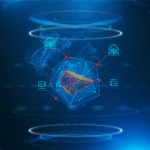

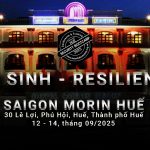


 VINA ASPIRE UNVEILS OFFICIAL BRAND AMBASSADOR MIRA – INTELLIGENCE. ELEGANCE. TECHNOLOGY.
VINA ASPIRE UNVEILS OFFICIAL BRAND AMBASSADOR MIRA – INTELLIGENCE. ELEGANCE. TECHNOLOGY.  A New Chapter Begins In an era defined by digital transformation, where cybersecurity, artificial intelligence, and enterprise…
A New Chapter Begins In an era defined by digital transformation, where cybersecurity, artificial intelligence, and enterprise…





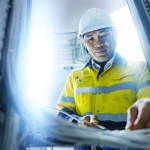






 …
…




































